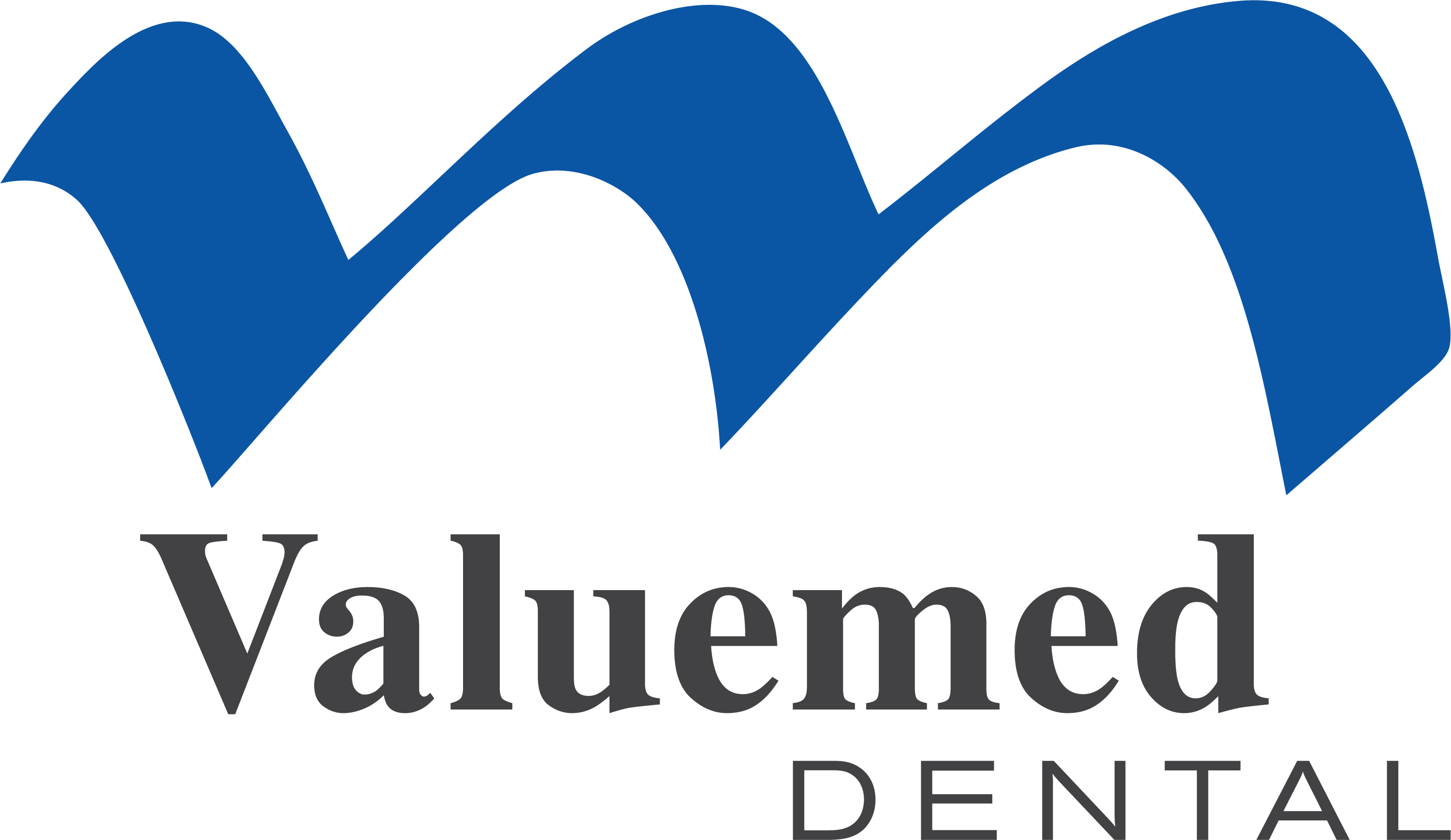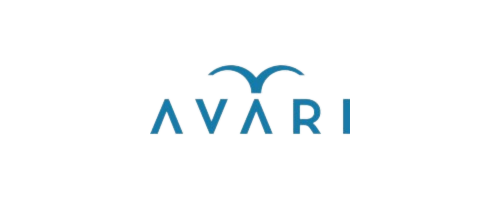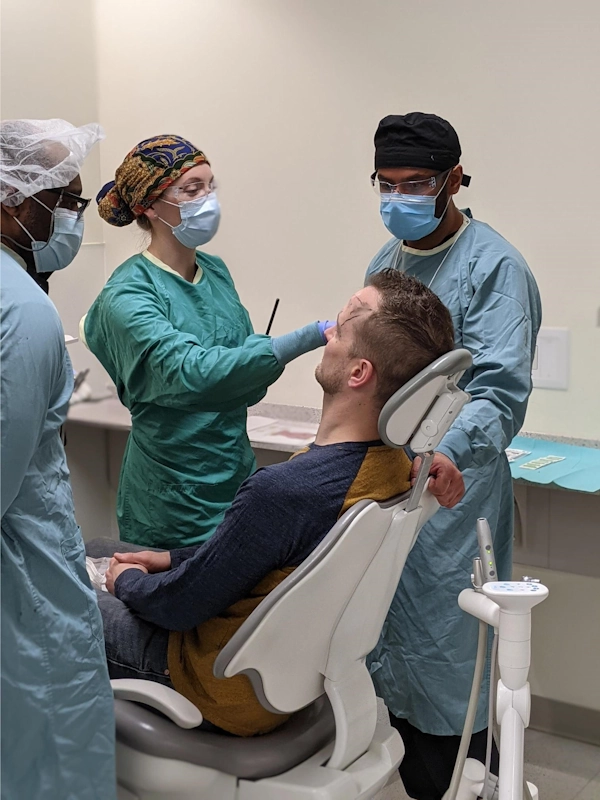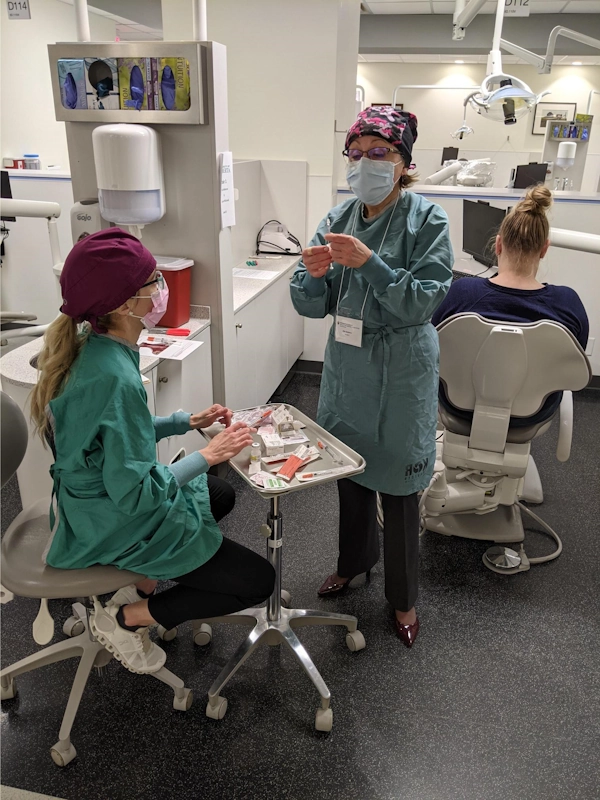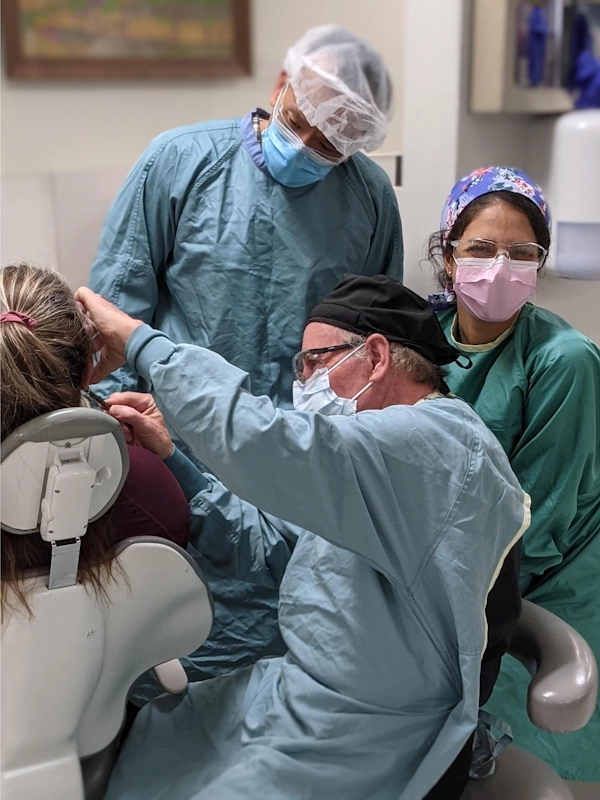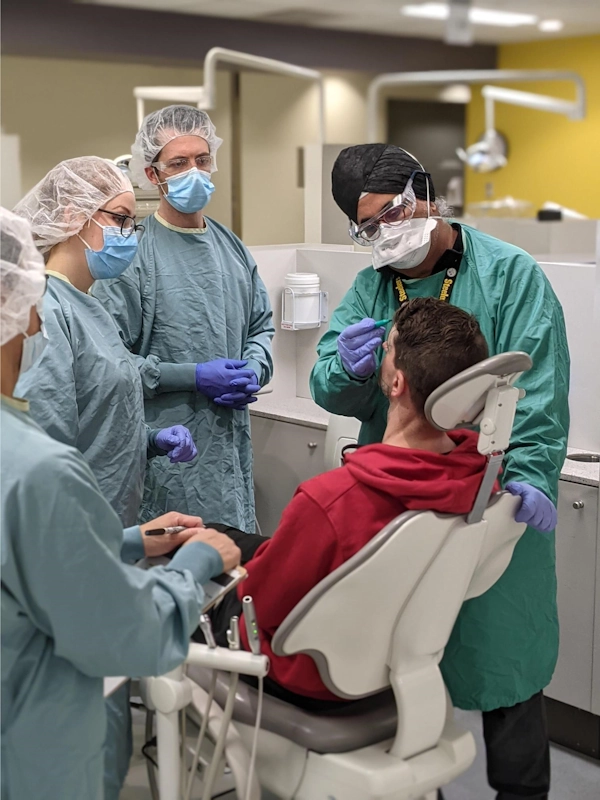
Neuromodulator Mini-Residency
Embark on your path to becoming a true expert in Neuromodulators!
Mini-Residency overview
We offer a multidisciplinary and non-industry-biased approach to Neuromodulators and Fillers.
The Neuromodulator Therapeutics Facial Aesthetics Residency can impact your patients and your practice in a number of ways. Treatment for TMD orofacial pain and bruxism, as well as esthetic treatment options, are covered.
Help your patients look and feel their best by expanding your skills and services with the Clinical Aesthetics Program - browse our Neuromodulator and Fillers courses and begin your journey into Neuromodulator Therapeutics and Facial Aesthetics!
Level 1: Applied Anatomy and Intro to Neuromodulators
This course includes an anatomical and functional cadaver lab in addition to didactic lectures outlining the functional anatomy of both the head and neck and its relevance to the therapeutic and aesthetic uses of Neuromodulators.
Level 2: Basic Neuromodulators - Upper Face and Bruxism Treatment
To facilitate clinical confidence, this course consists of didactic lectures, a clinical anatomic cadaver lab, and injection practice where participants will have the opportunity to administer injections with chair-side assistance.
Level 3: Advanced Neuromodulators
This course will introduce advanced neuromodulator administration for mid-lower face and neck regions and the treatment of myofascial pain and dysfunction via didactic lectures and injection practice.
Level 4: Neuromodulator and Facial Dermal Fillers
This course includes an anatomical and functional cadaver lab in addition to didactic lectures outlining the functional anatomy of both the head and neck and its relevance to the therapeutic and aesthetic uses of derma fillers.
Learn More

Details
This program is available to Physicians, Pharmacists, Registered Nurses, and Licensed Practical Nurses.
Level 1
Prior to the start of the course, we recommend 2 weeks of self-study to review the materials.
During the anatomical cadaver lab and didactic lectures, we will outline the functional anatomy of both the head and neck focusing on the following subjects:
- Muscles of the head and neck region
- Muscle physiology
- Anatomy of the temporomandibular joint region
- Neurovascular system
- Anatomical boundaries
- Tissue planes
- Skin and aging of the face
- An overview of the actions of neuromodulators (such as Botulinum Toxin Type A); and Pharmacology and review of muscle physiology
Level 2
Before starting the course, we recommend 2-3 weeks of self-study to review the materials.
During the anatomical cadaver lab and didactic lectures, we will introduce the use of neuromodulators for the superficial muscles of the upper face and for bruxism treatment.
The following subjects will be explored:
- The clinical signs of cutaneous photoaging
- The effects of sun exposure and aging
- The medical and aesthetic uses for neuromodulators
- Treatment techniques, complications, and side effects
- An overview of clostridium botulinum toxin and the management of chronic bruxism
- An extensive review of embryology, histology, head and neck anatomy, and the pharmacology of Xeominⓡ, Letyboⓡ, Dysportⓡ, and Botoxⓡ.
Level 3
Prior to the start of the course, we recommend 2-3 weeks of self-study to review the materials.
Subjects covered during the didactic lectures will introduce the use of neuromodulators on the mid to lower face and neck areas and for treating Myofascial pain and dysfunction.
This course will cover the following subjects:
- Advanced applied anatomy
- Clinical examination
- Documentation
- Application
- Management and limitations
Level 4
Prior to the start of the course, we recommend 2-3 weeks of self-study to review the materials.
Theory Module - Review of Facial Analysis
During the anatomical cadaver lab and didactic lectures, we will explore the use of neuromodulators on the deep muscles of mastication and introduce dermal fillers. This module will cover the following subjects:
- Anatomy, Facial Aging, Facial Symmetry
- Dermal Filler Overview - History
- Types of Dermal Fillers
- Injection Techniques - Linear Threads, Cross-Hatching, Blanching, etc
- Delivery Devices - Cannulas & Needles
- Safety
- Facial Analysis of - Nasolabial Folds, Adverse Events & Complications
- Aesthetics Business Management - Marketing, Pricing, etc.
Hands-on Module - Injection Practice
During this module, participants will inject 6 live patients with chair-side guidance after an initial instructor demo. Emphasis will be placed on:
- Patient assessment
- Patient Consult
- Product Selection & techniques
SAY YES TO THE UOFA AND NO TO SUBPAR EDUCATION
Start your journey to clinical aesthetics with our mini-residency program.
At the center of our program is the provision of expert instruction, professional support, and opportunities to practice in a clinical setting.
We achieved world-class programming through:
- Unprecedented access to the University of Alberta’s cadaver lab and formally trained anatomists like Dr. Dan Livy
- Clinical practice on 6+ live patients with chairside assistance
- Support from a large multidisciplinary faculty with intructor ratios ranging from 2:1 to 4:1 depending on the course.
- Enjoy a non-industry-biased approach that focuses on building your skills and knowledge
Faculty
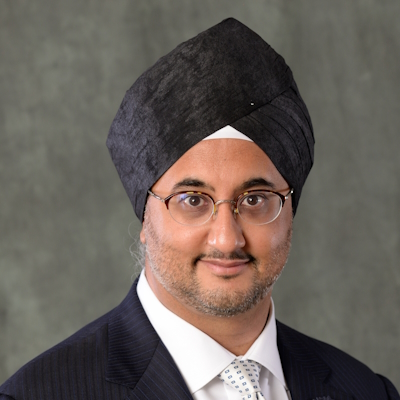
Dr. Lalh was appointed the Oral and Maxillofacial Surgeon at the internationally recognized Institute for Reconstructive Sciences in Medicine (iRSM) at the Misericordia Hospital and Covenant Health, dealing with the reconstruction of patients with head and neck cancer.
His area of focus is the use of technological advances in digital imaging for reconstructive surgical procedures and aesthetic medicine.
Dr. Bector obtained his degree in Medicine at the University of Manitoba in 2000 with an undergrad degree in Microbiology and Zoology. In 2010, after completing his aesthetic training and moving to Edmonton, he became a Clinical Lecturer and Instructor with the University of Alberta.
Dr. Bector has a special interest in the treatment of Diabetes, chronic pain management (including migraines), body rejuvenation and facial aesthetics.
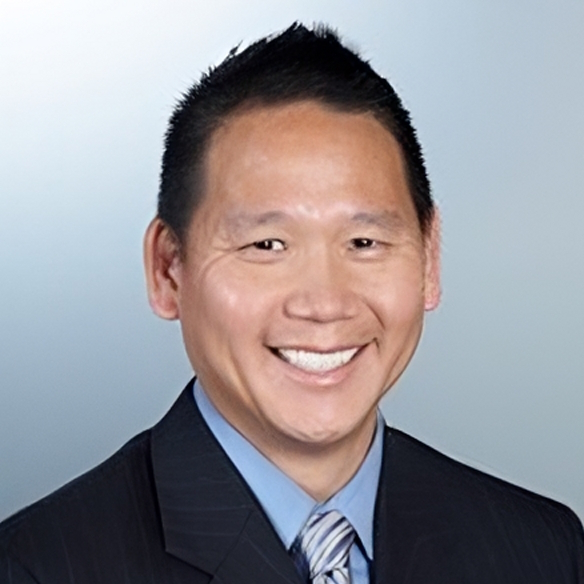
Dr. James Mah is a Clinical Professor and the current Dean of the School of Dental Medicine at the University of Nevada, Las Vegas. His academic career spans over 25 years with prior academic appointments at the University of Southern California and Harvard School of Dental Medicine. He obtained his Doctorate of Dental Surgery (D.D.S.) degree, Master of Science degree and his Certificate of Specialization in Orthodontics from the University of Alberta. He then graduated from Harvard University with a Doctorate of Medical Science degree and completed a Postdoctoral Fellowship in the Department of Orthopedics at Children's Hospital in Boston, Massachusetts.
His research is focused on orthodontic biomechanics, clear aligners, neuromodulators and cone-beam CT. Dr. Mah has organized several conferences on the biology of tooth movement, authored textbooks and book chapters, and he regularly presents nationally and internationally. He has published extensively and was recently recognized by Stanford University in their annual report of the top-cited researchers from across the globe as among the top 2% within Dentistry.
Dr. James Yacyshyn obtained his BSc and DDS from the University of Alberta and completed a Masters in Applied Science Engineering from the University of Toronto. With a background in health technology and Informatics, Dr. Yacyshyn joined the Faculty of Medicine and Dentistry in 2001 - later appointed as the director of Continuing Dental Education in 2002.
As Director of Continuing Dental Education, Dr. Yacyshyn has developed and facilitated numerous educational programs spanning various topics for licensed Dentists, Dental Hygienists, Dental Assistants, and allied health practitioners across Alberta, nationally, and internationally. Additionally, through Continuing Dental Education's clinical programs, we have provided care for numerous patients over the years.
After being born and raised in Lethbridge, Alberta, Dr. Carlyle received his Degree in Dentistry from the University of Alberta in 1973.He then proceeded to open a general dentistry practice in Grande Prairie, Alberta.
Being passionate for continuous learning and having interests in Orthodontics, Dr. Carlyle continued on to the University of Manitoba Graduate Orthodontic Program. There in 1977 he received his Master of Science in Oral Biology with a specialization in Orthodontics.
I am a graduate of the University of Alberta, having completed my PhD in the Dept. of Biological Sciences in the field of Developmental Neuroanatomy. I then completed Postdoctoral Fellowships in the Health Science Centers at the University of Tennessee, Memphis and Texas A&M University. I returned to the University of Alberta to accept a position with the Stand-alone Division of Anatomy in the Faculty of Medicine. I am now an Associate Professor and Director of the Division of Anatomy.
The main focus of my research has been on brain development. This has included an examination of factors influencing axon pathway formation within the brain and how drugs of abuse affect brain and behavioral development. My current research is focused on the effect of seizure activity on the neuronal and axonal structure within the brain.
The Division of Anatomy has the responsibility of providing Anatomy instruction across the entire University of Alberta campus, so teaching is a major portion of our academic commitment. We are known for our teaching excellence and strive to maintain this level of excellence by providing high quality instructors with a passion for teaching. Our goal is to make Anatomy come alive and we do this by delivering our material in a context-appropriate manner, incorporating functional and clinical references and marrying topics in Embryology, Physiology, Histology, Neuroanatomy with Gross Anatomy.
Dr. Richard achieved his Postdoctoral Fellowship in the Health Science Center at the University of Tennessee, Memphis, and Texas A&M University. Dr. Hatfield has extensively researched brain development, factors influencing axon pathway formation within the brain and the impacts of drug abuse.
Currently, his research is focused on the effect of seizure activity on the neuronal and axonal structure within the brain.
Dr. Jaggi Rao is a double board certified dermatologist (Canada and USA) and a certified cosmetic surgeon. He completed his 5 year dermatology training at the University of Alberta, followed by an accredited fellowship with the American Academy of Cosmetic Surgery in Southern California. Dr. Rao is a full Clinical Professor of Medicine at the University of Alberta.
Dr. Rao continues to lend his expertise to various organizations. He sits on the board of directors for CAAM (Canadian Association of Aesthetics Medicine) and acts as a consultant to the government (such as the Canadian Standards Association), laser and pharmaceutical industry, and professional sports teams.
Dr. Reid Friesen graduated from the Faculty of Medicine and Dentistry at the University of Alberta in 2014. During his dental education, he won several awards, including the Gold Medal in Dentistry for graduating first overall in his dental class as well as the Dr. Cal Waddell Western Canada Dental Society Memorial Scholarship for exhibiting the qualities of scholarship, leadership and humanity. Following dental school, Dr. Friesen practiced general dentistry for one year, providing general dental services in Edmonton. Subsequently, he embarked on his Oral Medicine Specialty training at the University of Alberta, and obtained a Masters Degree in Medical Sciences in 2018. His research focused on the referral patterns to Oral Medicine clinics in Alberta. While undergoing Oral Medicine Specialty training, Dr. Friesen had the opportunity to collaborate with multiple medical specialties, including oncology, dermatology and otolaryngology.
Dr. Friesen is an Assistant Clinical Professor at the University of Alberta and is involved in training Oral Medicine graduate students, as well as undergraduate dental and dental hygiene students. Additionally, he is a member of the Royal College of Dentists of Canada (RCDC), the American Academy of Oral Medicine (AAOM), the Pain Society of Alberta, the American Academy of Sleep Medicine and the Canadian Academy of Oral and Maxillofacial Pathology and Oral Medicine (CAOMPOM). Dr. Friesen has presented at several continuing education courses. His clinical and research interests focus on the management of patients with chronic temporomandibular joint dysfunction and early diagnosis of potentially malignant disorders.
SPONSOR
Materials are donated by our sponsors and supply availability may impact the tuition.
